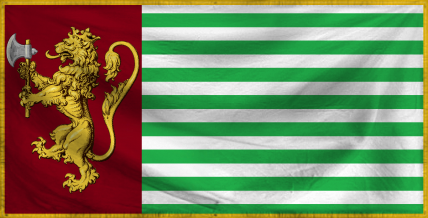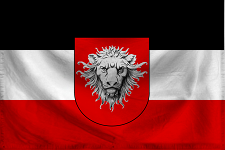Earth II
New Thread Announcement Form
Please fill out the form below to announce a new thread. You should list yourself as the Thread Owner unless this a joint-effort. Then please list all owners alphabetically. Location should be a three step process: Continent, Region, Specific Location. For "Continent" and "Region" please refer to and use the regions listed on our Threads post. The Classification Tag(s) should include one, some, or all of the following and any additional tags you wish to cite: "Claim," "Introduction," "NPC," "Story," "War." The Synopsis should include a brief summary in two or three sentences about the thread and lastly the Miscellaneous Notes should include any OOC comments. If there is an OOC Thread attached, link it here and also advise if this thread is "Closed" as in it is a story.
- Unraveling a Mystery
- Thread Owner(s): Hi No Moto & Layarteb
- Location: Eurasia, Southeast Asia, Thai Canal Zone
- Classification Tag(s): Mystery, Story
- Synopsis: A body turns up in the Thai Canal Zone with implications far beyond that of a simple murder.
- Miscellaneous Notes: None at present
Accepting candidates for a less awful title. Hi No Moto all to you bud.









 )
)